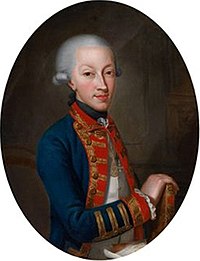Church of the Gesù
Historical and artistical context:
Date of construction: 1568-1584
Style: High Renaissance-Baroque
Artist: Jacopo Vignola and Giacomo della Porta
Material and technique: Made with polychrome marbel, is a type of church stablished my the Franciscans and Dominicans since the twelve century and its façade is known as "the first truly baroque façade".
Iconographic analysis:
Title: "Chiesa del Gesù"
Type of builging and function: This church was built according to the new requirments of the Council of Trent. It was the home of the Superior General of the Society of Jesus until the supression of the order in 1773.
Formal analysis:
Composition, space and decoration: It's composed by a simple nave without aisles, so that the congregation is together and focused on the main altar. With five chapels at one side.
The sacristy is on the right. In the presbytery there is a bust of Cardinal Bellarmine by Bernini. The chapel of St. Ignatius is the masterpiece of the church, designed by Andrea Pozzo and houses the tomb of the saint.
The altar made by Pozzo, shows the Trinity, while four columns made of lapislazuli enclose the colosal statue of the Saint made by Pierre Legros.
Meaning: This church represents the counter-reform who was made by the Council of Trento after Lutero's Reform.
Sant'Andrea al Quirinale
Historical and artistical context:
Date of construction: 1658-1670
Style: Baroque
Artist: Designed by Gian Lorenzo Bernini
Material and technique: The main façade has an oval cylindrer who encases the dome and a semicircular porch with two columns which mark the entrance.
Iconographic analysis:
Title: "Sant'Andrea al Quirinale"
Type of builging and function: Roman catholic titular church built by the Jesuit seminary on the Quirinal Hill.
Formal analysis:
Composition, space and decoration: Made of four chapels and the main altar this church had many statues and paintings like The Glory of St Francis Xavier by Filippo Bracci.
Between the Chapel St Stanislaus Kostka and the main altar is a side chapel with a large crucifix. It houses the tomb of King Charles Emmanuel IV of Sardinia.
Meaning: This church is one of the masterpiece of Bernini, who was an Italian artist and architect. Not the "Ecstasy of St. Theresa" but an important piece of his work.
It's over! Hope you enjoy with these two masterpieces of Baroque architecture!









Good job!
ReplyDeleteWonderful places. If you have the chance to go to Italy some day, don't miss them!